BBC Breakfast levels the playing field for women – unlike Daybreak, says Lis Howell.
Two City University students monitoring the use of women experts on TV and radio recently reported what they thought were steps forward: on Monday 9 April, C4 News interviewed the captain of Chelsea Ladies Football Club in a five-minute item, and last week, Today used its first female sports reporter, Alison Mitchell.
But it was a false dawn, if March’s figures are anything to go by. For a start, Monday 9 April was Easter Monday, and there is increasing evidence that women appear more at weekends and on bank holidays. Interestingly, this counters the argument that women have too many family commitments to waste time on trivial stuff like media appearances. If that was the case, why would they suddenly become available at weekends, the most pressing time for the family?
Perhaps the truth is that men want the weekends off for time with the family, so that’s why the women get called in. There certainly seems to be a trend for female presenters at the weekends. And one sports reporter doesn’t make a team.
But let’s cut to the chase. In March, students on City Univer-sity’s MA in Broadcasting monitored morning news programmes in the week beginning 12 March. We watched and listened to Today on Radio 4, 5 Live Breakfast, Sky’s Sunrise, ITV1’s Daybreak and BBC Breakfast on BBC1. We’d monitored these programmes in February and wanted to see if there had been any improvement.
The star turn was BBC Breakfast, where we recorded a stunning ratio of female to male experts – almost one to one. Each programme on average featured 12 experts – 6.8 men and 6 women – and the women experts had more airtime – 12 minutes 30 seconds compared with 11 minutes 42 seconds for the men. If BBC Breakfast can do it, why can’t the others?
Maybe the answer is that female experts are used most often in stories about education, health and childcare, which are the staple topics for BBC Breakfast. There is emerging evidence that business is the area were women appear least – after sport, of course.
Sunrise was another success story, with a ratio of two to one. Male experts were on air for an average of 14 minutes, and women for eight. Sunrise uses fewer experts than other programmes because it’s a different style and length of show (there are on average 28 experts a day on Today, compared with eight on Sunrise), but that should be an argument for using more women where more experts are needed.
On radio, things were marginally worse than in February. 5 Live Breakfast had a ratio of six male experts to every female. Male experts talked for 52 minutes and women for 12 minutes 48 seconds. Today had a ratio of five male experts to every female and male contributors talked for 51 minutes and women for 9 minutes 54 seconds.
Back to TV, and Daybreak on ITV was a shocker – there were four times as many male experts as female, and the average amount of time given to female experts was 22 seconds, whereas men got nearly six minutes. Please, Daybreak, tell us we got our sums wrong.
We also started looking at other programmes as a benchmark for April. For two days, we monitored an hour of Sky News in the early evening, ITV News at 6:30pm, Channel 4 News at 7pm and BBC’s Newsnight at 10.30pm. We chose 21 and 22 March to include Budget Day, as we thought it would be interesting to see how many women experts appeared at a time that was obviously going to be business news oriented.
On C4 News, there was a ratio of nine to one male to female experts over the two days we monitored – the worse ratio we’ve recorded. No doubt C4 News will argue that the interviewees were chosen on ‘merit’.
At the same time, ITV News had a ratio of one and half men to each woman, and Sky News had a ratio of three to one. Newsnight had a ratio of two to one – and on Budget Day, it fielded five female experts and eight males. We’re monitoring these programmes for a full week in April to see if there’s any change.
In fairness to C4 News, it did run the long interview with Claire Rafferty of Chelsea Ladies FC on Easter Monday. Ms Rafferty was clearly nervous but knew her stuff. That’s the risk producers have to take. Next time, she will be great. And we’ll be watching to see if there is a next time, because being interviewed is something you get better at with practice. That’s what ‘merit’ is all about.
Lis Howell is director of broadcasting at City University, London. This analysis appears monthly
Male/female ratio
Breakfast shows
- BBC Breakfast 1:1
- Sunrise 2:1
- 5 Live Breakfast 6:1
- Today 5:1
- Daybreak 4:1
(Period covers week of 12 March)
News output
- Sky News 3:1
- ITV News 1.5:1
- C4 News 9:1
- Newsnight 2:1
(Period covers 21 and 22 March, including Budget Day)








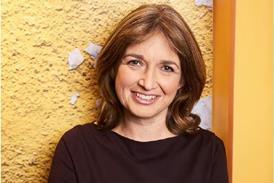





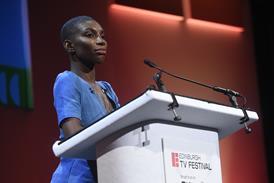
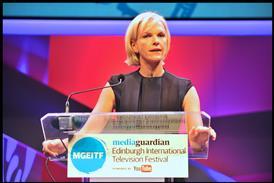

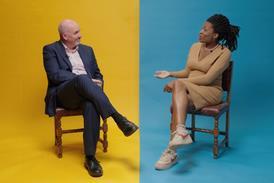


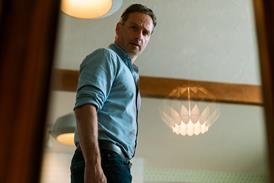
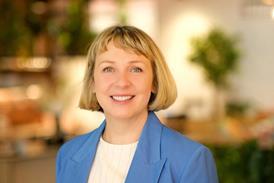
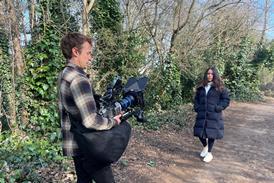
1 Readers' comment